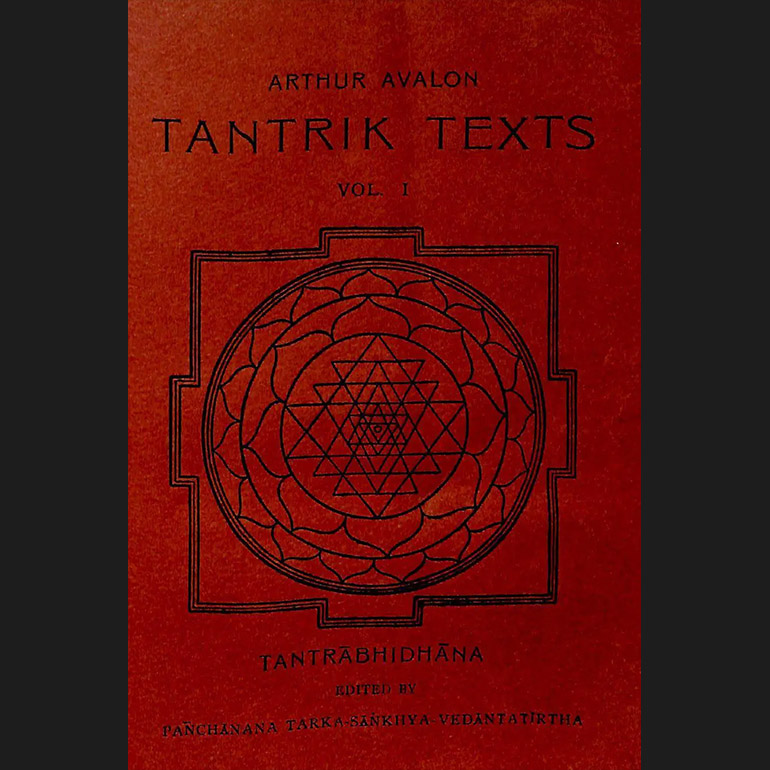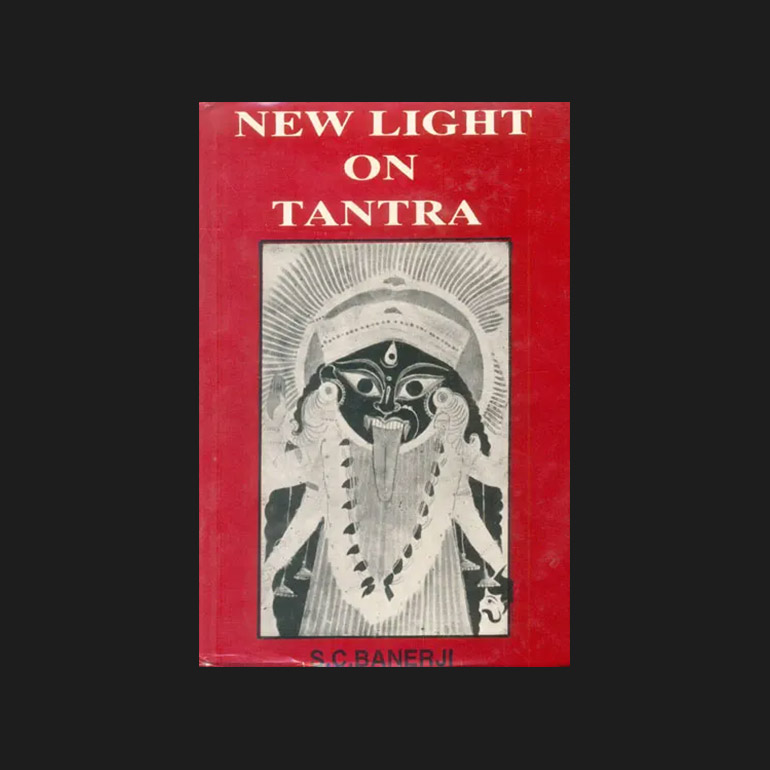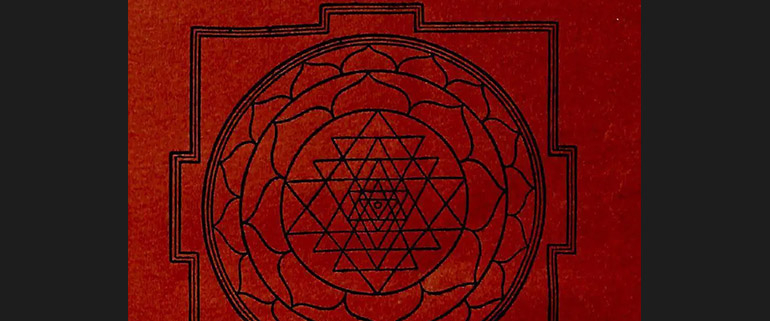The Original Tantra
This is a guest blog by a friend of mine, Anssi Pitkänen. Anssi has a great analytical mind and I admire his ability to coherently express complex topics. This text is an article he wrote about the book Tantra Illuminated by Christopher Wallis and ideas behind it, and I have translated the article from Finnish.
The article is quite long, so I will divide it into several shorter pieces so that we have time to assimilate all the information. This first part is an introduction to the entire article and the idea of Non-dualistic Shaiva Tantra.
I wanted to add this article to the blog, because through it we can explore the philosophy of tantra. It helps us to widen our understanding of tantra as a way of life and a spiritual path.

The why of history
Why is it important to understand the historical and philosophical framework of tantra? In the West, millions of people practice yoga and tantra workshops are popular. Both of these are practiced in a very different way and context than they were originally. What is the connection of these practices to ancient wisdom? What are the deepest teachings of tantra – according the original sources? It’s quite common that even teachers who call their methods “tantra” do not know much about original tantra or the world view it conveys.
Is it relevant to know? Does it really matter what we call what we do? At the very least it’s misleading to represent a tradition without knowing its history or teaching. It’s different to say whether the new or the old tradition is better. The old wisdom traditions do have the benefit of being time tested and they have a strong connection between the practice and the goal.
Misunderstandings could be avoided by researching the original sources. [Simo’s comment: Here I would like to add that even by careful research of the original scriptures there’s a great possibility of misunderstanding, at least for two reasons: Sanskrit language is immensely multi-faceted and the words have many, many different meanings. Secondly, many of the texts are written in a “twilight” or code language, and to read them correctly an initiation to tradition is often necessary.] Time will tell what these new spiritual paths that are called tantra can give to the spiritual evolution of the mankind.
The history of tantra is important not only because of its information and historical dates, but also for the development of deep ideas about our relationship to ourselves and the cosmos. The history also has a clear connection to the spiritual practice. The practices always have a framework, the context within which they were developed. The practices also have a context that is connected to the aim or goal of the practice. If we do not have a clear context for the practice, the practice will remain thin, as it has no base.
I won’t be saying much about the difference or how they have developed. I want to bring forth the fact that the teachings developed in interaction with other teachings, in a certain place and time. I will shed light on one of the many paths where the ideas of tantra have developed to the limits of a human understanding.
Goal of Tantra
The original mission of tantra was to teach humans of their true nature and thus eradicate the suffering caused by erroneous understanding. The goal of this article is to describe the development of these ideas and to open up the relevant context from both a theoretical viewpoint and a practical viewpoint through a non-dual meditation practice. We will dive into non-dualism through the book “Tantra Illuminated” and my own experience to better shed light on what I want to convey.
When necessary, I will also contrast tantric non-dualism with the Zen-buddhism view of reality, for I see so many similarities there and I believe they both eventually talk about the same thing, just with different words. This should not come as a surprise if we expect the masters from different spiritual traditions to be living in and looking at the same reality, the very same reality we live and ponder.
What is in the word?
I would like to open up the semantic meaning of tantra. Tantra literally means theory, doctrine or book. Most commonly it means the scriptural texts that were revealed by a god or goddess. These tantras started to appear around 600 AD and they were written for the next thousand years. In the context of these scriptures, tantra has a more specific meaning: it includes a method of practice. Each tantra included a more or less complete spiritual path, including it’s content and practices.
Usually only one guru worked with one tantra. In this sense tantra meant a system of spiritual practice articulated in a certain holy scripture. In one tantra, where tantra was defined, it meant wisdom that salvages, because it clarifies deep truths and thus saves us from the circle of suffering.
Important elements within tantra were initiation with a guru and ritual worship (becoming God). Tantra had two objectives: to become free from the illusions of reality and to add all good things to life, to enjoy it. To find freedom was seen superior to enjoyment. [Simo’s comment: enjoyment in this context means harmony in life – a balance in health, family and work.] The current sources for the ideas of tantra are mostly Kashmiri Shaivists’ comments on the original scriptures. They expressed deep understanding and wisdom and they could even express higher views than the original sources. Now, many of the commentaries have become valued holy texts.
What I’m about to present focuses almost solely on non-dualistic Shaiva tantra to differentiate it from the other paths of tantra. The most important reason for this is that this path has powerful teachings and techniques for transformation that are not so much tied to a specific time and space, and as such can be useful to Westerners.

And how does it relate to sexuality?
I will end the introduction with a mention of tantra and sex, and then I will move on to deal with the most fundamental questions and insights of non-dual philosophies. This is because there are many misunderstandings about the relation of tantra to sex.
Sex is almost non-existent in the original scriptures. One tantric path sees the whole world as sexual and, if we put it that way, as a sensual play of opposite and complementary forces. Some tantric sources do mention kundalini energy, or working with sexual energy, but the focus here is on meditation, and not on enjoyment itself.
The most important difference between the traditional tantra and the new tantric sexuality workshops is that in these workshops, spiritualized sexuality is taught, which is a great thing. In the original tantra the sensual and bodily spirituality is in the center.
And this is what I’m going to dive into now.
This was the first part of the article series on Non-dualistic Shaiva Tantra.
While waiting for the next part, check out our other articles about Traditional Tantra.
Yours,
Mark




